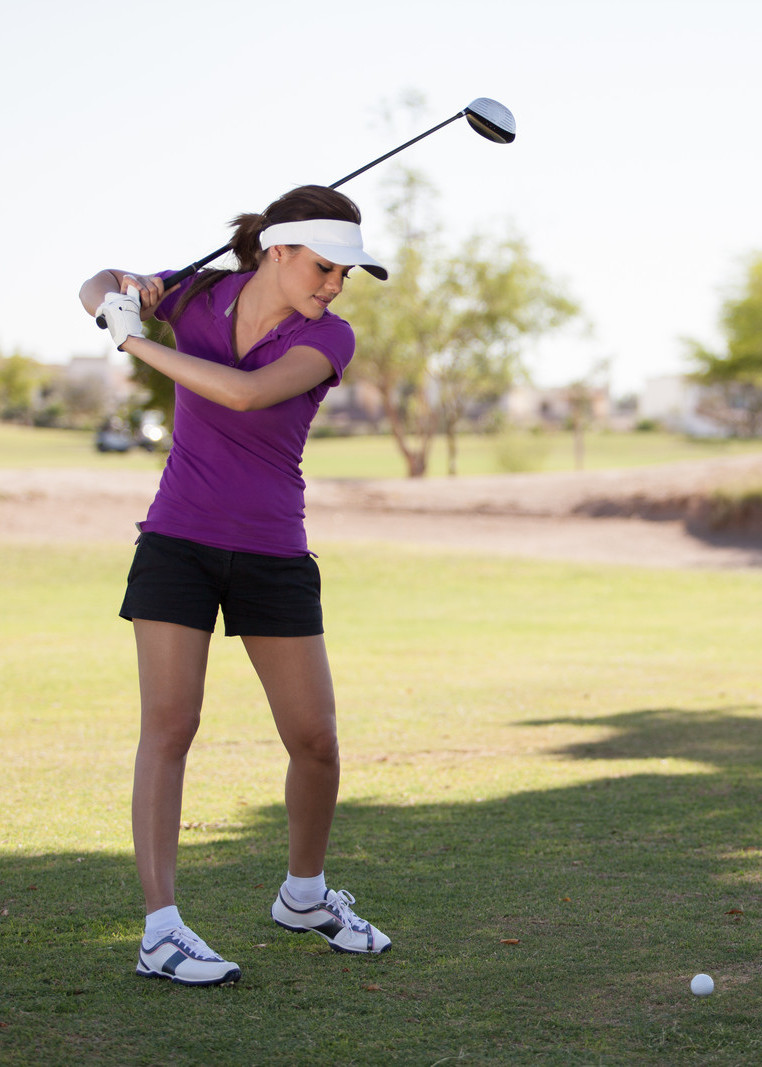Core strength is a popular topic these days. Certainly it relates to overall fitness and sports performance in a number of ways. So what is the ‘core’ and where does it start and end, and more importantly how does it relate to golf performance?
The concept of the core originates from research that identified the importance of muscles deep in the pelvis, abdomen and midsection that stabilize our body’s center of mass with simple movements for daily life and also for sport activity. If you are thinking that your core is merely your abs you are mistaken. From a biomechanical perspective the core includes not only abdominal muscles but also deep muscles in the pelvis, buttocks/hips, back, and others extending into the ribcage and shoulder blades.
Your core can be thought of as an anchoring system. Think of jumping out of a slowly moving golf cart as you pull up to the green. To land and not fall over your neuromuscular system has to sense where your body’s center of mass is and quickly strategize how to stabilize it. The sequence starts with the core muscles activating, then the muscular effort spreads out to the arms and legs.
Good core strength promotes a solid foundation for an athlete to move the arms and legs efficiently.
We have all seen an example of poor core strength in young kids who are going through major growth spurts with their limbs lengthening. These kids, when trying to run, look like an octopus falling out of a tree with their limbs flailing in all directions. All of this extra movement is a sign of poor core strength and coordination.
When your golf instructor says “hit it with your big muscles” they are talking about the core. Good core strength allows the lower body to be powerful, yet seemingly quiet during the backswing. It also allows the shoulders, arms and hands to be more relaxed, void of extra tension throughout the golf swing. This relates to better tempo and the ultimate bull-whip effect transferring speed to the club head just before impact.
Another value of core strength in golf is dynamic balance and stability. During the downswing there is a major transfer of linear energy (toward the target line), however at impact position this powerful motion must be stopped and turned into rotational energy as the hips clear and the pelvis rotates. Core strength, again including the hips, is a key component to this sequence and it assists in finishing the golf swing in a nice, balanced pose on the left side.
The core also plays a major role in injury prevention. One of the most common complaints with golfers is low back pain and many of these individuals lack the core strength to protect their spine against the significant torque involved in repetitive golf swings.
Take a close look at current professional players. You won’t see bulging shoulder and arm muscles for the most part, but you will see much more athletic bodies than 10 and 15 years ago. It is well documented that most of the top players on both tours spend hours weekly on their core strength and integrating it into their golf swings for both performance and injury prevention.
Remember, your body is your most important piece of golf equipment.

